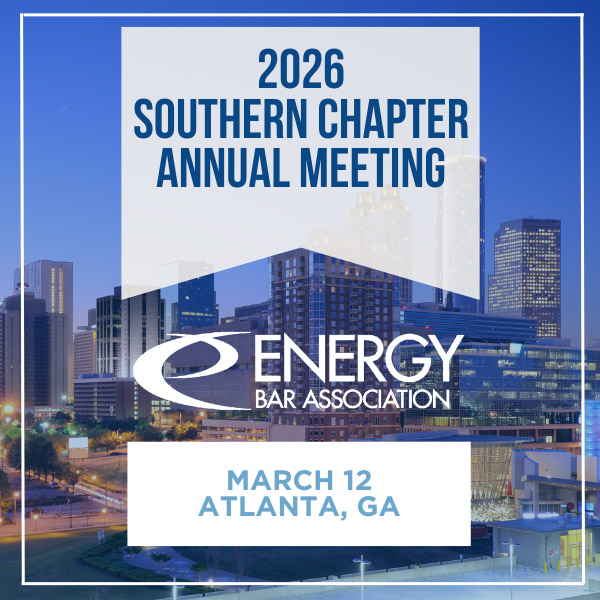Resource Retirement Changes
ISO-NE continued discussions with stakeholders on its capacity auction reform project at the NEPOOL Markets Committee (MC) meeting Feb. 11, providing more information on planned changes to the resource retirement process.
The RTO plans to decouple the retirement process from its capacity market as it works to reduce the time between auctions and capacity commitment periods (CCPs). Under current procedures, resources signal their plans to retire through the forward capacity auction process, about four years before their actual retirement.
ISO-NE proposes to require resources to give a two-year advance notification of their plans to retire for a given CCP. The reduced timeline is intended to give resources more clarity around the economics that motivate retirement decisions, while still providing enough time to conduct market power and reliability analyses, deploy transmission solutions if needed and enable market participants to respond. (See ISO-NE Introduces Proposed Resource Retirement Changes.)
While the two-year notification timeline would not provide enough time to develop long lead-time resources, some resources, including batteries and demand response, likely could be developed in this period, said Kevin Coopey, principal analyst at ISO-NE.
“If a market response takes longer than two years, the notification lead time will reduce the gap between when the deactivation occurs and when the market responds,” Coopey said.
ISO-NE plans for retirement submissions — including retirement dates — to be binding. This is intended to preserve the market signal sent by retirements and prevent resources from “fishing” for reliability retention contracts, Coopey said. He added that allowing withdrawals could unintentionally create “incentives for resources to ‘test’ if they can get away with exercising market power with limited repercussions.”
The RTO plans to discuss reliability reviews for deactivation requests at the MC in March.
FERC Order 904
ISO-NE opted to delay a planned vote on compliance with FERC Order 904, which prohibits transmission providers from compensating generators for reactive power within the standard power factor range.
The standard power factor range is defined as “the power factor range set forth in the generating facility’s interconnection agreement when the unit is online and synchronized to the transmission system,” FERC wrote in the order.
Prior to the order, the RTO unsuccessfully argued the commission should let it maintain its procedures for compensating reactive resources.
To comply with the order, ISO-NE proposes to eliminate its volt ampere reactive capacity cost compensation program. The compliance proposal would not change compensation for resources following ISO-NE dispatch instructions, the RTO noted.
Multiple stakeholders expressed concern that the compliance proposal is too broad and argued the RTO should continue compensating resources for reactive power outside of the standard range. Responding to the concerns, ISO-NE delayed the vote until Feb. 27, when it will hold a joint meeting of the MC and the Transmission Committee.
The compliance filing is due on March 27; ISO-NE proposes for the changes to take effect on June 1.




